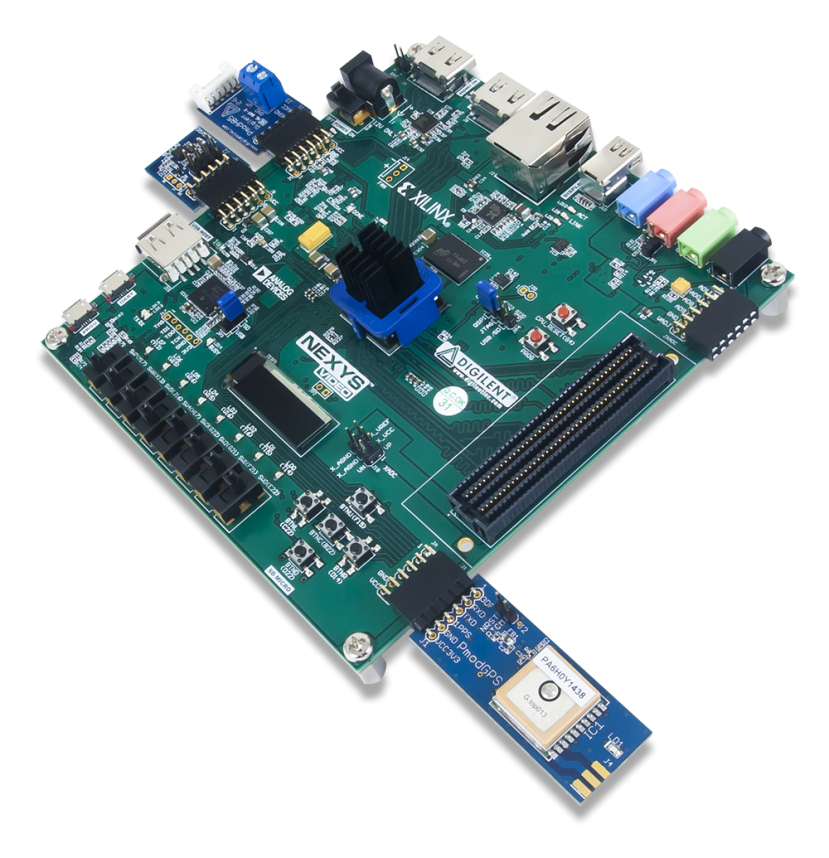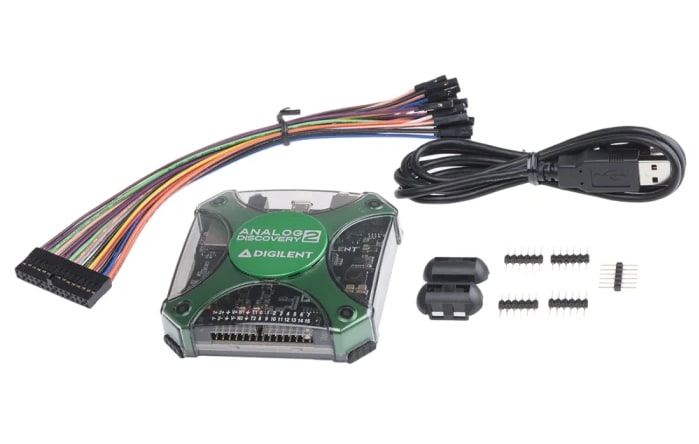Using Digilent Nexys Video Artix 7 FPGA Platform To Generate Sounds
Follow articleHow do you feel about this article? Help us to provide better content for you.
Thank you! Your feedback has been received.
There was a problem submitting your feedback, please try again later.
What do you think of this article?
There are different methods of sound synthesis. Subtractive synthesis involves generating waveforms by processors or analogue components. These waveforms are then applied to filter and mixed to generate an output signal. Additive synthesis gives the possibility to create all existing shapes of a signal by Fourier transform.
A student creates an additive synthesizer works by summing sine waves, which have frequencies based on input frequency (it's called pitch of the sound). The synthesizer consists of the following parts:
- Digilent Nexys Video Artix 7 FPGA Platform for Multimedia Applications (134-6477)
- Digilent PMOD BT2 Bluetooth (136-8063)
- Digilent Analog Discovery 2 USB multi-function instruments (134-6480)
- A mobile phone with Bluetooth to communicate with the synthesizer

The hardware architecture is developed in VHDL (audio codec driver, additive synthesis generator). Microblaze, Xilinx free soft processor is used for controlling signal flow (FFT, DMA channel to codec, memory, Bluetooth, additive generator coefficients). The Android application is written in C. The additive generator is capable of generating a signal containing up to 10 sine waves in real-time.
To build the synthesizer, you connect the Nexys Video FPGA platform with Pmod BT2. To visualize the sound, you modify the RCA plug and connect it with Analog Discovery 2.
The step-by-step tutorial is available at the Digilent Project Page.


